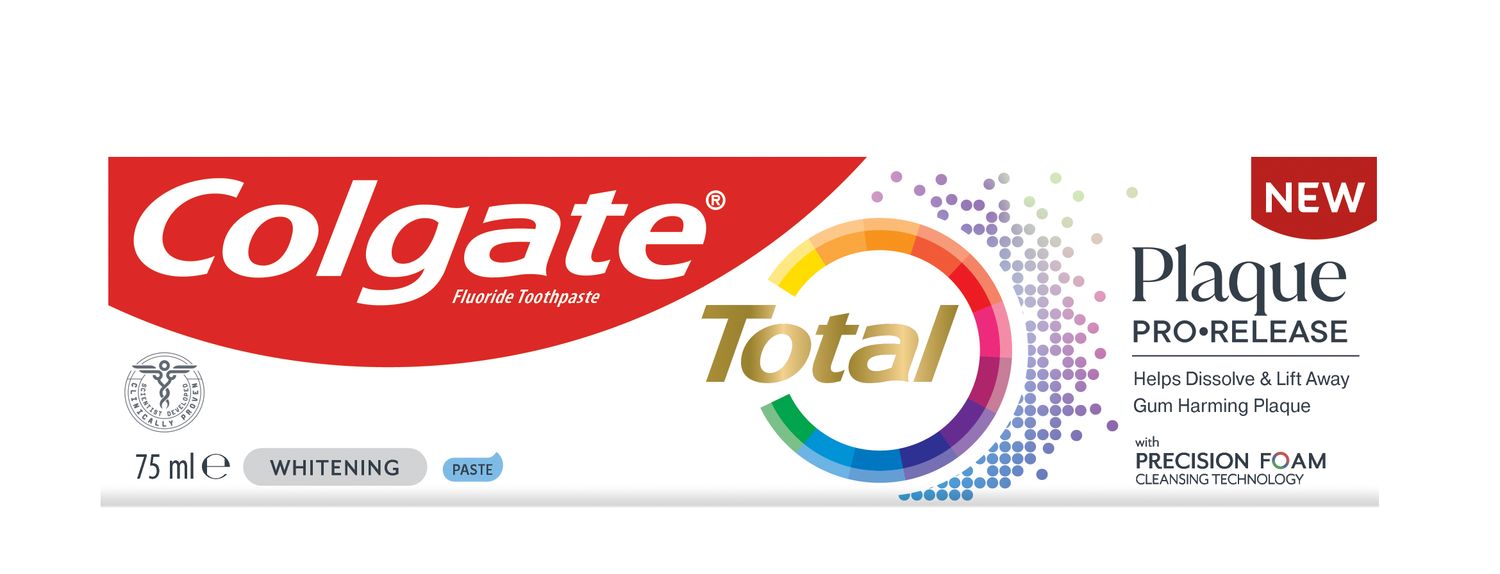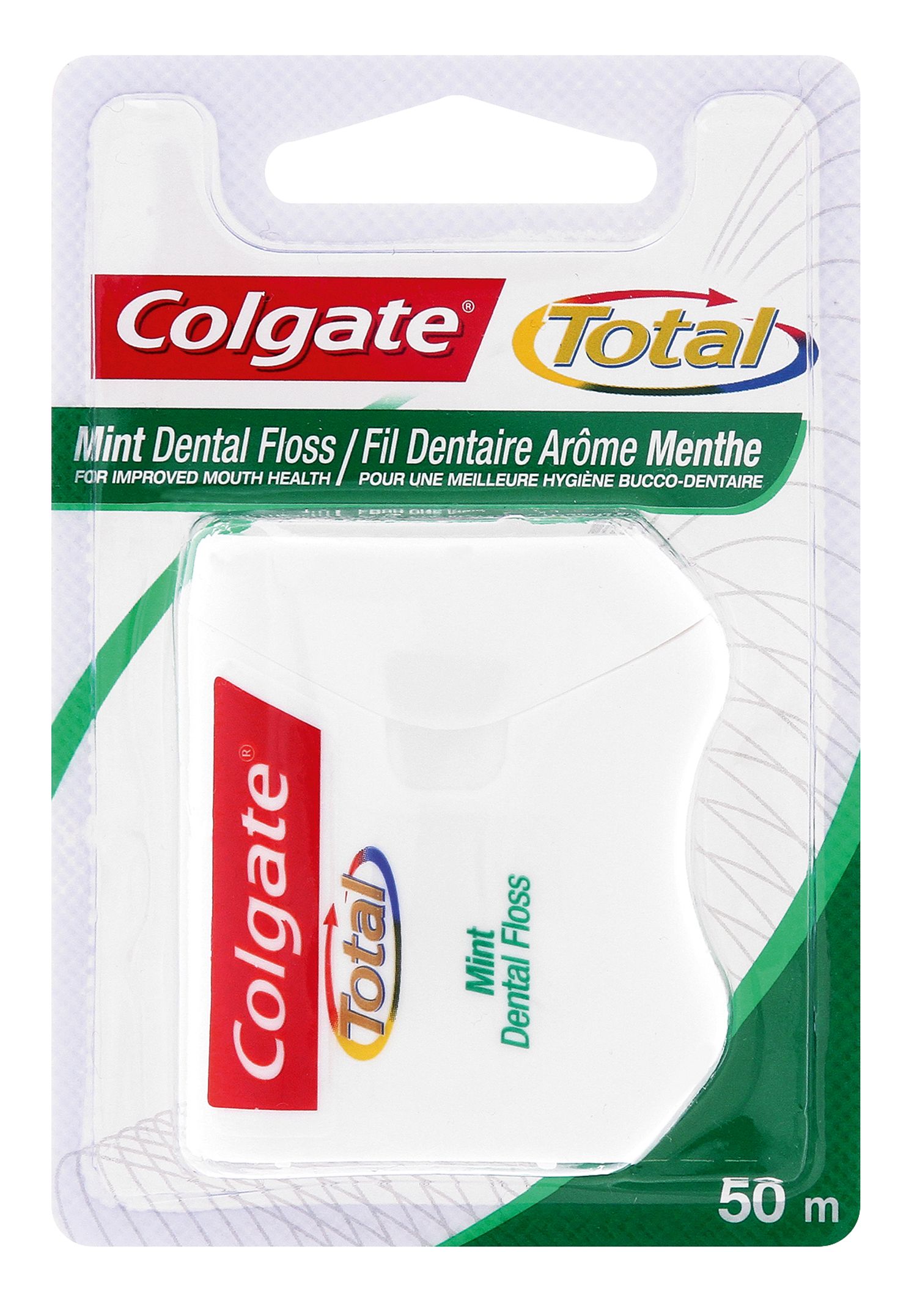-
-

CAVITIES
Can You Heal A Cavity At Home?You feel a sharp pain when you bite down or try to eat. You think it's a cavity, but you're not 100 percent sure...

BAD BREATH
How To Cure Bad BreathMore commonly known as bad breath, halitosis is an embarrassing hygiene issue that nobody wants, but some of us get every now and then...
-
Science & Innovation
- Colgate® | Toothpaste, Toothbrushes & Oral Care Resources
- Oral Health
- Bleeding Gums And Other Warning Signs Of Gum Problems


Do your gums bleed when you brush and floss? Did you know that bleeding gums may indicate the first stage of gum disease? Bleeding, as well as redness and swelling, are classic symptoms. If left untreated, gum problems can progress into the later stages of gum disease. Noticing these warning signs is not a reason to worry, but rather an indication that it is time to take control of your dental health.
Recognising the Signs
If not removed by regular care, plaque builds up on your teeth, which produces toxins that can irritate your gums and lead to symptoms of gum problems. Look out for gums that bleed during brushing, as well as inflammation and tenderness. Bad breath can be another indicator, especially when experienced regularly. Teeth that appear elongated due to a receding gumline is another common sign of gum problems and the later stages of gum disease. Talk to your dentist or oral hygienist about your gum health if you notice any of these signs.
According to the American Dental Association, there are other possible causes of bleeding gums, such as vigorous toothbrushing or a new flossing routine. Switching to a soft-bristled toothbrush may help. Bleeding due to a change in your flossing habits should clear up in about one week. You may notice gums that bleed if you are taking blood-thinning medications. Some women experience symptoms of gum problems during pregnancy, making great dental habits even more important for pregnant women.
What to Do for Healthy Gums
If you notice regular bleeding, talk to a dental professional about an oral care program that is right for you. The early stages of gum disease are treatable and preventable. Start with good brushing and flossing habits. Schedule regular check-ups with your dentist to have any plaque or tartar removed from your teeth. Also, eat a nutritious diet to support your bone and gum tissue. These are all important steps for keeping your mouth healthy.
Related Products

Helping dental professionals
More professionals across the world trust Colgate. Find resources, products, and information to give your patients a healthier future











